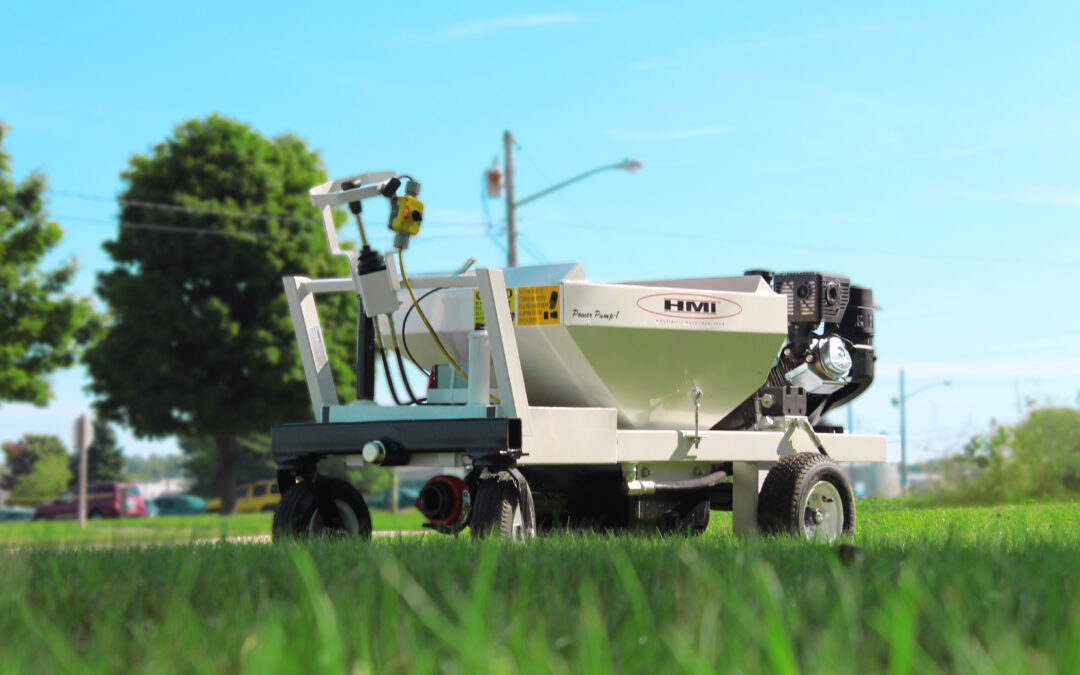Understanding a Traditional Method of Concrete Leveling
If you’ve ever dealt with sunken sidewalks, uneven driveways, or sloping patios, you’ve probably come across the term mudjacking. It’s one of the oldest methods used by slab jackers to lift and level settled concrete. But what exactly is mudjacking, how does it work, and is it still the best option today?
In this article, we’ll break down what mudjacking is, how it compares to modern alternatives, and what property owners need to know before choosing a concrete leveling solution.
The Basics: What is Mudjacking?
Mudjacking, also known as slurry grouting, is a technique used to raise sunken concrete slabs. The process involves:
-
Drilling large holes (usually 1.5 to 2 inches in diameter) into the affected concrete.
-
Pumping a slurry mixture—made of water, soil, and cement—under the slab.
-
As the slurry fills the voids beneath the slab, it pressurizes and lifts the concrete back into place.
-
The holes are then patched, and the surface is ready for use after several hours or more.
Mudjacking has been used for decades by slab jackers to restore driveways, sidewalks, garage floors, and even some interior slabs.
The Pros of Mudjacking
-
✅ Cost-Effective: It’s generally cheaper than replacing the entire slab.
-
✅ Tried and True: It’s been around for many years and is a familiar technique for many contractors.
-
✅ Good for Large Areas: Can be used for large slabs where lightweight materials aren’t needed.
The Cons of Mudjacking
While mudjacking can be effective, there are several downsides that have led many professionals to move toward more advanced methods:
-
❌ Heavy Material: The slurry is dense and heavy, which can cause additional soil compaction and lead to future settlement.
-
❌ Washout Risk: The material is not waterproof and may erode over time, especially in areas with high moisture or poor drainage.
-
❌ Larger Drill Holes: The process requires bigger, more noticeable holes in the surface.
-
❌ Longer Cure Time: It can take hours or even days before the surface is fully usable.
Mudjacking vs. Polyurethane Foam Lifting
At Sealtite Insulation & Slabjacking, we don’t use mudjacking. Instead, we rely exclusively on polyurethane foam lifting—a more modern, durable, and lightweight approach to concrete leveling.
Here’s why:
-
Polyurethane foam is lightweight, reducing the risk of future settlement.
-
The foam is waterproof and won’t wash out like a mud slurry.
-
Smaller holes (3/8″ – 5/8″) are used during the process.
-
Fast cure times mean the slab is ready for traffic in as little as 30 minutes.
For these reasons, many professional slab jackers now prefer polyurethane foam for residential, commercial, and industrial concrete leveling projects.
Choosing the Right Concrete Leveling Solution
Mudjacking may still be suitable in some situations, especially for large, thick slabs where cost is a concern. However, for long-term durability, minimal disruption, and cleaner results, polyurethane foam lifting is the superior choice in most cases.
Need Expert Help?
If you’re dealing with sunken concrete and unsure which method is best for your property, Sealtite Insulation & Slabjacking is here to help. We offer expert concrete leveling services using advanced polyurethane foam technology throughout Central Illinois.
📞 Call Sealtite at 855-692-3626
🌐 Visit www.sealtiteinsulation.com to schedule your free estimate.
